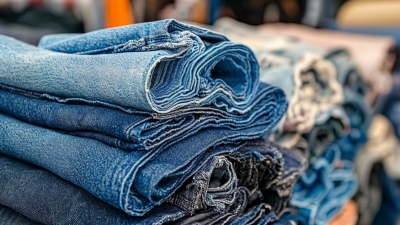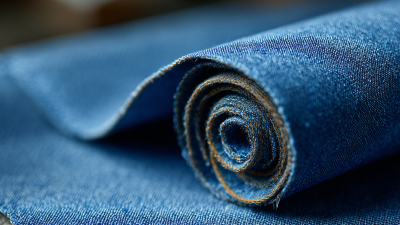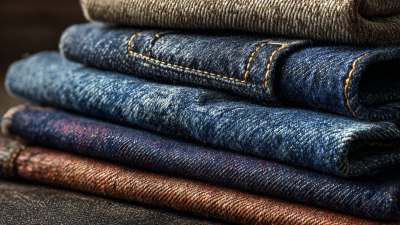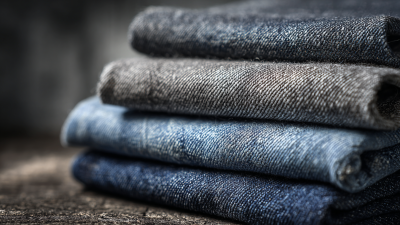The fashion industry is undergoing a transformative shift towards sustainability, with innovative materials leading the charge. Among these, Recycled Denim Fabric stands out as a beacon of hope for environmentally conscious consumers and brands alike. As the world grapples with pressing issues like pollution and waste, the demand for sustainable fashion choices has never been more critical. This growing trend not only addresses environmental concerns but also serves as a catalyst for creativity and innovation within the industry.
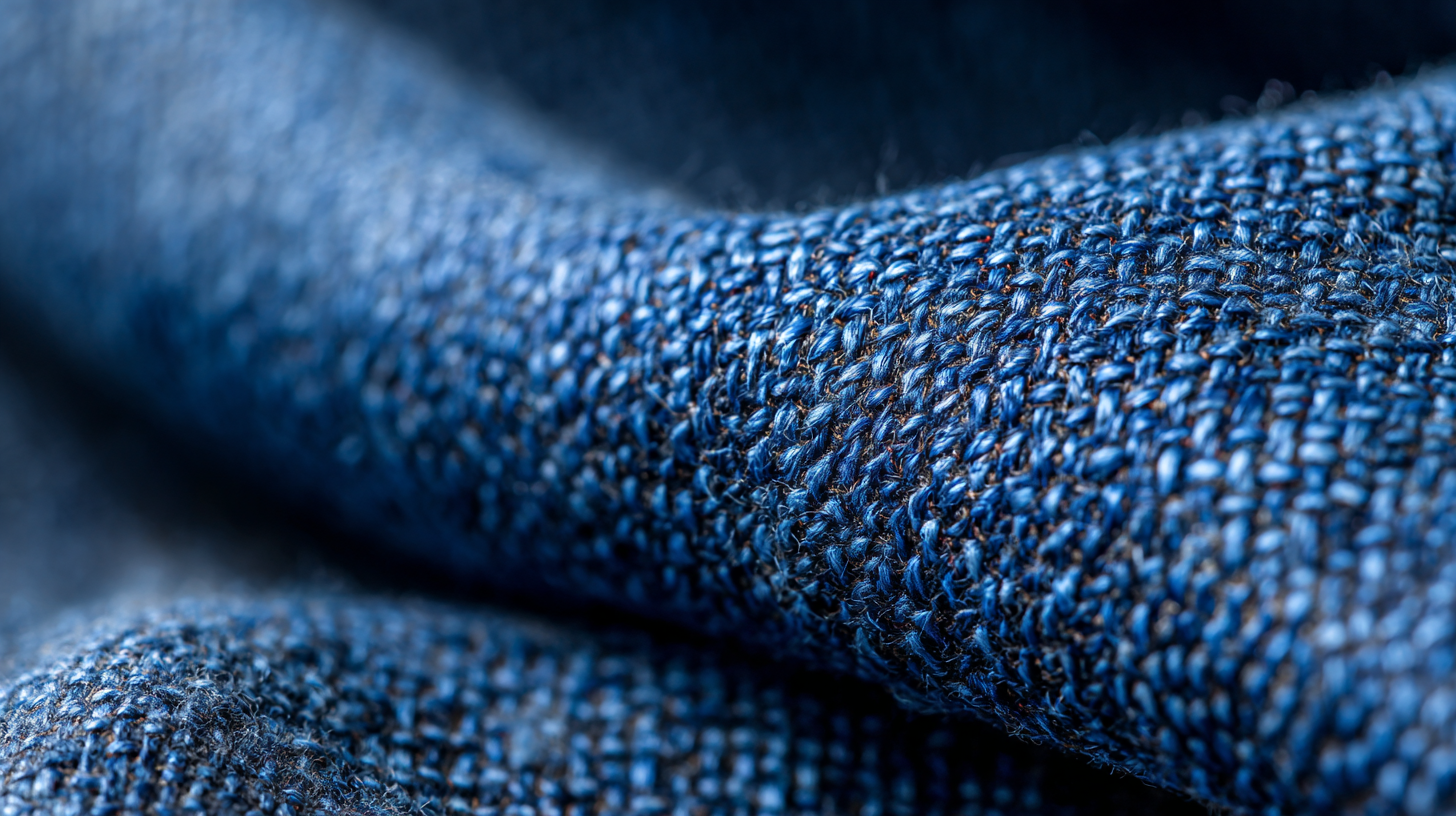
Recycled Denim Fabric symbolizes the blending of style and sustainability, revolutionizing the way we approach clothing production. By repurposing old denim into new fabrics, this eco-friendly material significantly reduces the need for virgin resources while minimizing waste. Furthermore, the versatility and durability of recycled denim present fashion enthusiasts with stylish options that do not compromise on quality or aesthetics.
As we look ahead to the fashion landscape of 2025, it becomes increasingly clear that Recycled Denim Fabric will play a pivotal role in shaping sustainable practices. Consumers are seeking brands that prioritize eco-friendly materials, and recycled denim is poised to meet this demand, ultimately paving the way for a more responsible and ethical fashion industry. Embracing this material is not just a trend but an essential step towards a more sustainable future in fashion choices.
Traditional denim production carries a significant environmental cost that is often overlooked. The process typically requires large quantities of water—approximately 7,500 liters are needed to produce just one pair of jeans. This water-intensive process not only depletes local water sources but also leads to pollution as toxic dyes and chemicals are released into waterways. Additionally, the energy consumption involved in producing traditional denim, from cotton growth to manufacturing, contributes heavily to greenhouse gas emissions, further exacerbating climate change.
Moreover, the impact of conventional denim extends beyond resource consumption. The cotton industry is notorious for its reliance on chemical pesticides and fertilizers, which harm biodiversity and soil health. This unsustainable cycle poses risks not only to wildlife but also to the agricultural workers' health. In contrast, recycled denim fabric provides a solution by significantly reducing water and energy usage. By repurposing existing materials, it minimizes waste and lowers the demand for fresh resources, aligning the fashion industry with more sustainable practices and fostering a healthier planet.
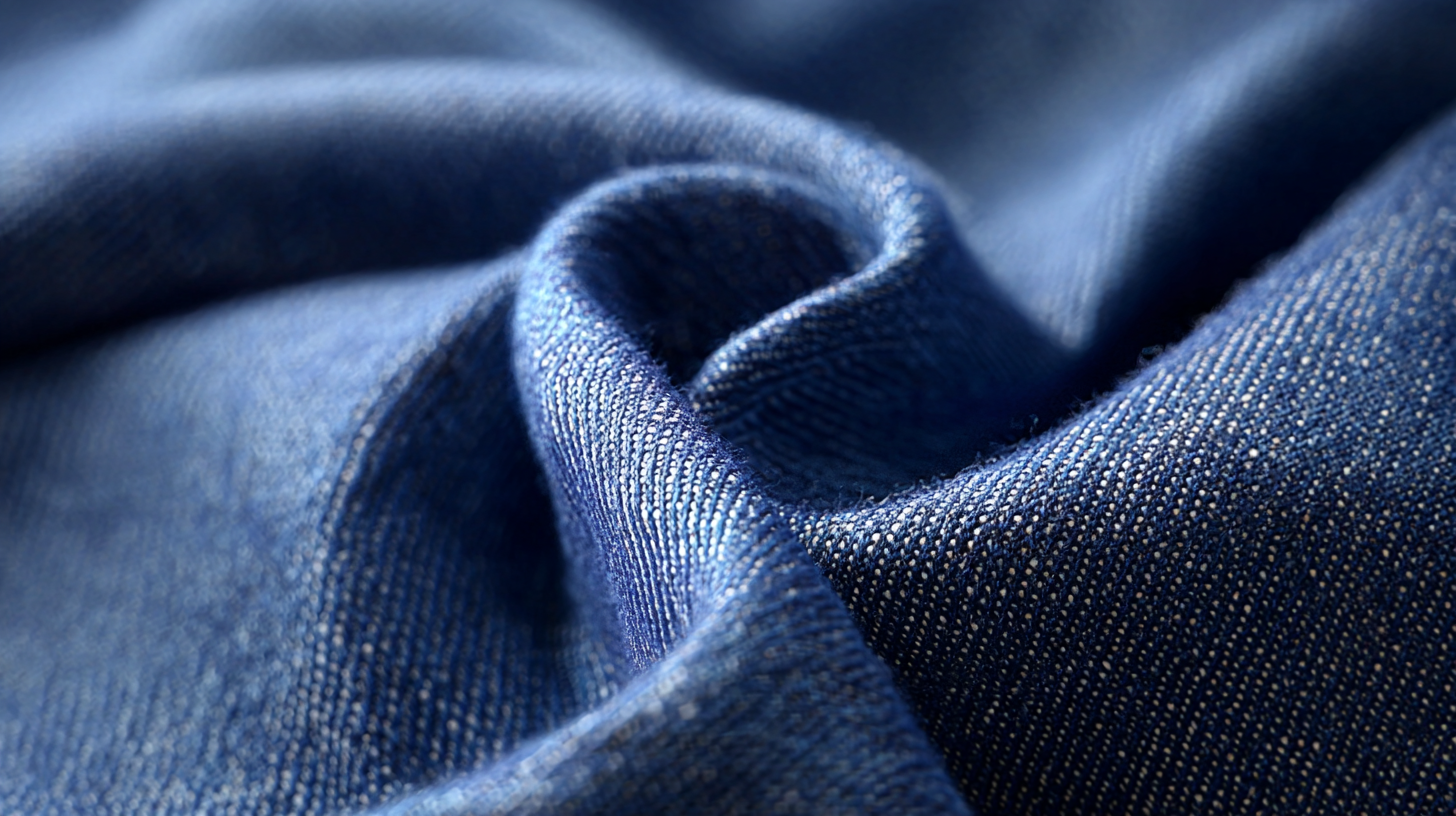 The recycling process of denim fabric is a fascinating journey that transforms old garments into new, sustainable textiles. Initially, the process begins with the collection of discarded denim items, which are often found in thrift stores or donated by consumers. These jeans are sorted by type and color, and any non-denim materials like zippers and buttons are removed to ensure a clean recycling stream.
The recycling process of denim fabric is a fascinating journey that transforms old garments into new, sustainable textiles. Initially, the process begins with the collection of discarded denim items, which are often found in thrift stores or donated by consumers. These jeans are sorted by type and color, and any non-denim materials like zippers and buttons are removed to ensure a clean recycling stream.
Once the denim is prepared, it undergoes a process called shredding. This breaks down the fabric into fibers, which are then blended with other materials if necessary, depending on the desired characteristics of the new fabric. The shredded denim fibers may be dyed or left in their original color, preserving the aesthetic appeal of denim. Finally, the fibers are spun into yarn, woven, or knitted into new fabric, ready to be used for various sustainable fashion products. This innovative recycling method not only reduces textile waste but also conserves water and energy, making it an essential practice for the future of eco-friendly fashion.
Recycled denim fabric stands at the forefront of sustainable fashion, offering numerous environmental benefits that are pivotal for the future of the industry. One of the primary advantages of using recycled denim is the significant reduction in water consumption. Traditional denim production is notoriously water-intensive, often requiring thousands of liters per pair of jeans. In contrast, recycled denim utilizes pre-existing materials, drastically lowering the need for new resources and conserving precious water supplies.
Additionally, recycled denim minimizes textile waste, addressing one of the most pressing issues in the fashion industry. With millions of tons of textile waste produced annually, recycling old denim diverts it from landfills and transforms it into new, wearable fabric. This not only extends the life cycle of materials but also reduces the carbon footprint associated with manufacturing new textiles. Furthermore, recycled denim is often produced using less harmful chemicals, aligning with the goals of eco-conscious consumers and brands alike. By choosing recycled denim, we can support a more sustainable fashion ecosystem while still enjoying the durability and style that denim offers.
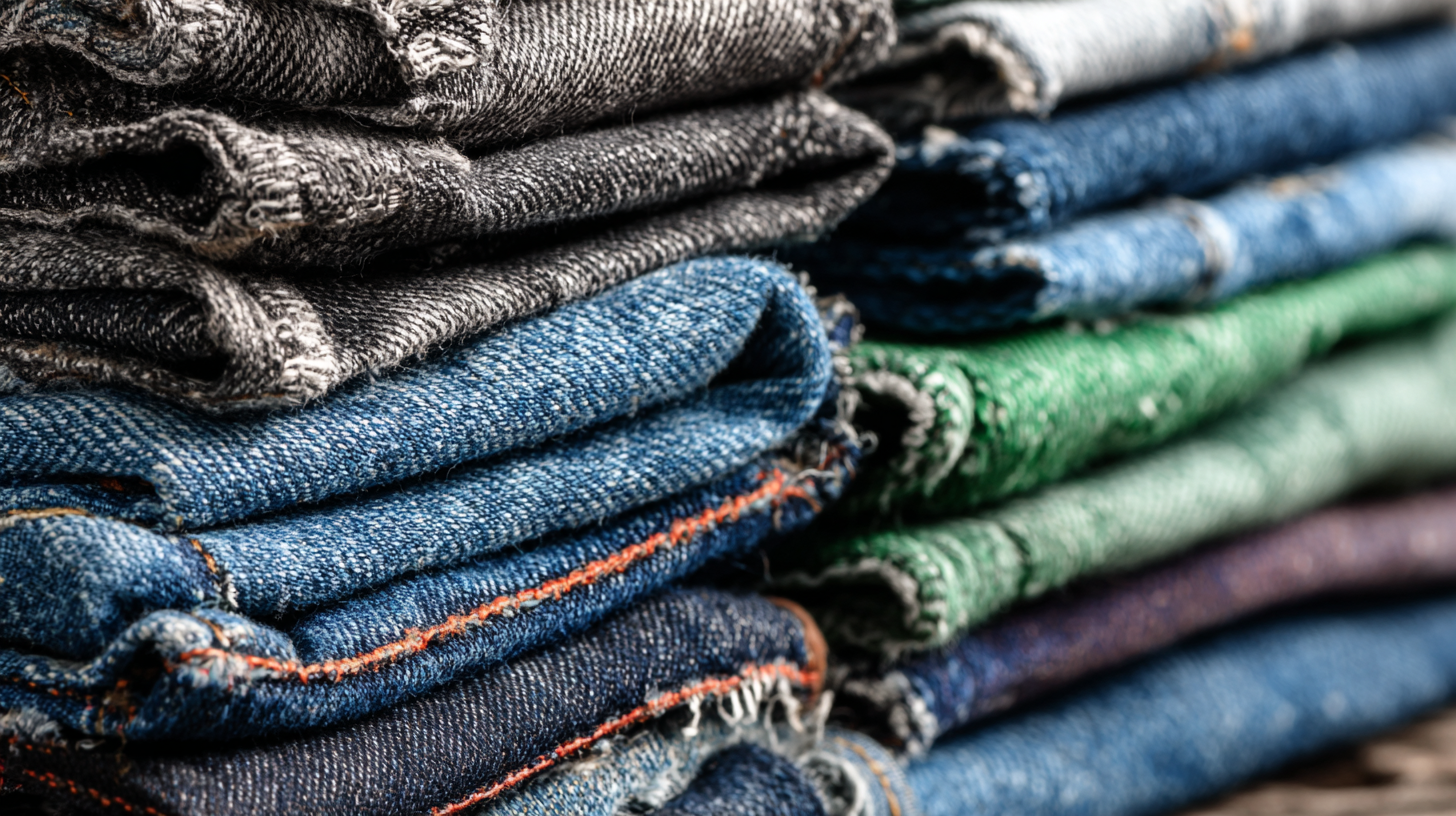
Recycled denim is emerging as a cornerstone of sustainable fashion, driven by a wave of innovative brands committed to environmental responsibility. Startups and established companies alike are leading the charge, showcasing groundbreaking techniques that transform waste into high-quality fabric. From cotton recovery processes that utilize 55% recycled fibers to the development of fully circular production models, these brands are not only reducing their carbon footprints but also redefining what denim can be.
Among the trailblazers, several brands have successfully integrated sustainability into their designs, creating collections that resonate with eco-conscious consumers. Collaborations with textile innovation companies are paving the way for the introduction of 100% recycled denim products, signaling a shift in the industry. As these brands continue to innovate, they set a powerful precedent for others, proving that fashion can be both stylish and sustainable, while making strides towards a greener future.
This bar chart illustrates the increasing percentage of recycled denim fabric used in sustainable fashion over the years, highlighting the growing trend among consumers and manufacturers towards eco-friendly practices.
As consumer awareness about sustainability in fashion continues to grow, the demand for eco-friendly materials like recycled denim fabric is surging. A recent report from the Global Fashion Agenda highlights that 54% of consumers consider the environmental impact of their clothing before purchasing. This shift in consumer sentiment is pivotal; millennials and Gen Z, who together represent over 40% of the global apparel market, are increasingly prioritizing brands that demonstrate a commitment to sustainability.
The benefits of recycled denim are not just limited to environmental impact. According to a study by the Ellen MacArthur Foundation, making denim from recycled materials can save up to 90% of water compared to conventional methods. In addition, recycled denim often requires less energy in production, further reducing its carbon footprint. As brands respond to consumer demand by incorporating recycled fabrics, they are not only aligning with market trends but also contributing to a circular economy. This evolution indicates that recycled denim fabric is not just a trend but a necessary shift towards more sustainable fashion choices.
| Aspect | Data |
|---|---|
| Percentage of Consumers Aware of Recycled Denim | 68% |
| Growth Rate of Recycled Denim Market (2021-2026) | 12.5% CAGR |
| Percentage of Consumers Willing to Pay More for Sustainable Fabric | 57% |
| Operating Brands Utilizing Recycled Denim | 120+ |
| Environmental Impact Reduction (Water Usage) | 80% less than traditional denim |
| Consumer Demand for Sustainable Fashion | 75% increase in the last 5 years |
